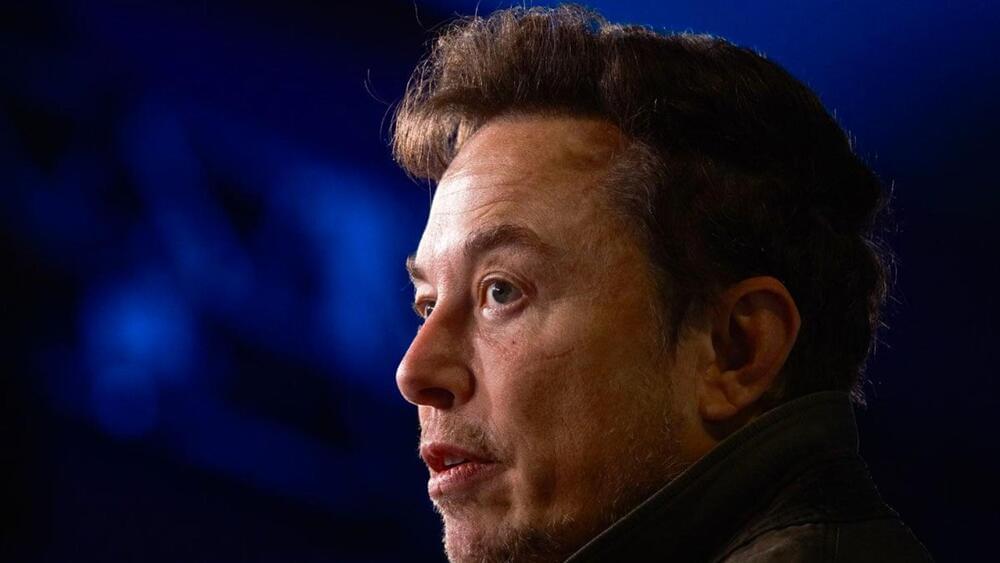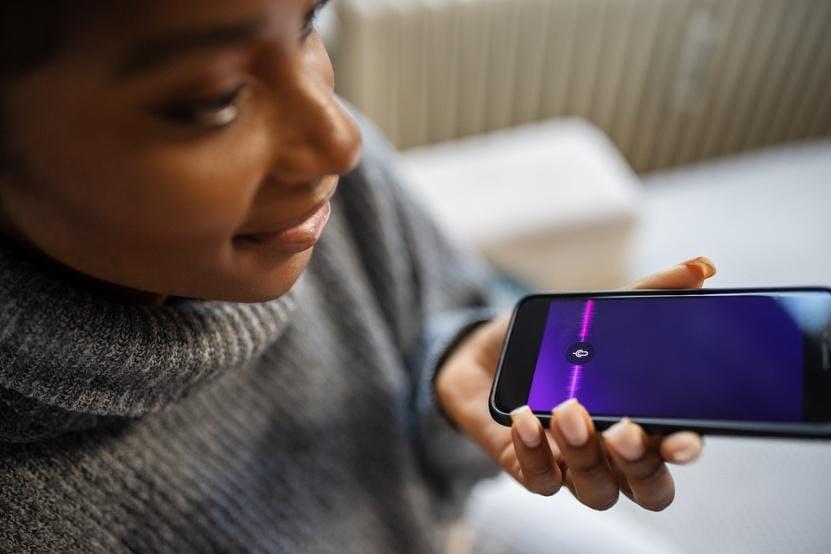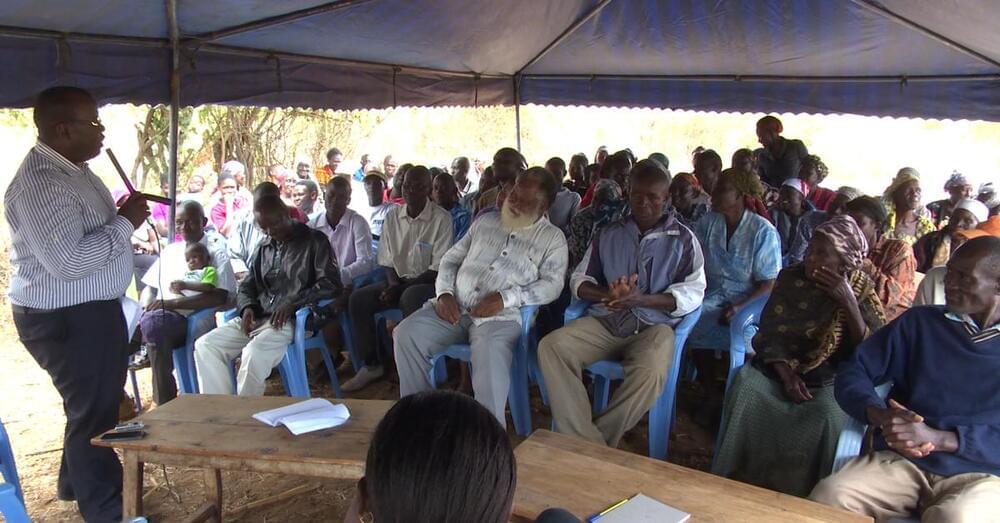The Tesla chief has reportedly stashed a generous sum of $100 million in charity for the endeavor.
Billionaire CEO Elon Musk reportedly plans to build a school and, eventually, a university in Texas.


It’s hard to believe, but generative AI — the seemingly ubiquitous technology behind ChatGPT — was launched just one year ago, in late November 2022.
Still, as technologists discover more and more use cases for saving time and money in the enterprise, schools, and businesses the world over are struggling to find the technology’s rightful balance in the “real world.”
As the year has progressed, the rapid onset and proliferation has led to not only rapid innovation and competitive leapfrogging, but a continued wave of moral and ethical debates and has even led to early regulation and executive orders on the implementation of AI around the world as well as global alliances — like the recent Meta + IBM AI Alliance — to try and develop open frameworks and greater standards in the implementation of safe and economically sustainable AI.
Nevertheless, a transformative year with almost daily shifts in this exciting technology story. The following is a brief history of the year in generative AI, and what it means for us moving forward.
As a leading venture capitalist, Ted Dintersmith lived and breathed the world of innovation. He has seen first-hand how quickly automation is eliminating the structured jobs in our economy, as well as the opportunities for young adults who are bold, creative, and entrepreneurial. As Ted shifted his focus to the future of our schools, he realized that the core purpose of our schools has been lost in a wave of testing, data, and accountability. In this talk, Ted underscores the potential for our kids and our country if we educate to our innovative and creative strengths, and trust our schools and teachers to prepare our kids for life, instead of for standardized tests.
After a twenty-five year career in venture capital, Ted Dintersmith is now focused on issues at the intersection of innovation and education. In the fall of 2012, Ted served as part of the delegation representing the United States at the United Nations General Assembly, where he focused on global education and entrepreneurship. The first two films he executive produced – Most Likely To Succeed and The Hunting Ground – premiered at Sundance, 2015. His website http://www.edu21c.com describes his initiatives and he can be followed @dintersmith.
Ted is a Partner Emeritus with Charles River Ventures, a leading early-stage venture capital firm. Independent industry analysts ranked Ted as the top-performing venture capitalist in the United States for the 1995–99 period. Ted earned a Ph.D. in Engineering from Stanford University, and his undergraduate degree from the College of William and Mary, where he earned High Honors in Physics and English.
This talk was given at a TEDx event using the TED conference format but independently organized by a local community.

North Carolina State University researchers have developed a weeklong high school curriculum that helps students quickly grasp concepts in both color chemistry and artificial intelligence—while sparking their curiosity about science and the world around them.
To test whether a short high school science module could effectively teach students something about both chemistry—a notoriously thorny subject—and artificial intelligence (AI), the researchers designed a relatively simple experiment involving pH levels, which reflect the acidity or alkalinity of a liquid solution.
When testing pH levels on a test strip, color conversion charts provide a handy reference: more acidic solutions turn test strips red when a lot of acidity is present and turn test strips yellow and green as acid levels weaken. Test strips turn deep purple when liquids are highly alkaline and turn blue and dark green as alkaline levels decline.
🌟 **Transform Your Life with Stoic Wisdom! 🧘♂️📚**
Discover the profound teachings of Stoic philosopher Marcus Aurelius as we embark on a journey of self-discovery. In this video, we delve into 11 crucial aspects to eliminate from your life, guided by Aurelius’ wisdom. It’s not just about passively observing; we invite you to actively engage by sharing your perspectives on each topic covered.
🌈 **An Invitation to Self-Reflection and Growth 🚀**
Join us on this transformative adventure where we explore vital aspects of human existence. Stay with us until the end for more than just knowledge; it’s an opportunity for deep self-reflection and meaningful change in your life. Subscribe and like the video to support the channel, ensuring more insightful content in the future.
🛤️ **Navigating Life’s Journey with Purpose 🌱**
From useless goals to the thoughtless use of social media, we unravel these obstacles to personal growth. Learn to make deliberate choices, cultivate self-compassion, and embrace your authentic self. Marcus Aurelius’s philosophy guides us in responding to injustice by focusing on personal development and inner strength.

A wave of health concern is sweeping across Europe, echoing similar patterns of pediatric pneumonia seen in China. This concern stems from the increasing prevalence of a rather understated yet potent bacterium – Mycoplasma pneumonia, known for causing “walking pneumonia,” particularly for children.
Mycoplasma pneumoniae is a unique bacterium with the capability of triggering a spectrum of respiratory infections, ranging from mild to severe pneumonia. This pathogen predominantly targets school-aged children, with Public Health France indicating it accounts for 30–50% of community-acquired pneumonia infections in this demographic.
Pneumonia, as it stands, is a condition where the lungs’ air sacs become inflamed, potentially filling with fluid or pus. This results in symptoms that include coughing and difficulty breathing.

ALBERT LEA, Minnesota (WCCO) — Living to 100 may seem like a major feat, but there are communities around the world where it’s common — they’re called “Blue Zones.”
Minnesota native Dan Buettner is one of the foremost experts on how they work. Buettner’s new Netflix documentary and New York Times bestsellers reveal the secret recipe to longevity.

Is phone and digital media addiction real? If so, what steps can be taken to mitigate it? This is something that a recent study published in the journal Technology, Mind, and Behavior hopes to address as a team of researchers discuss a new instrument called the Digital Media Overuse Scale (dMOS) to determine a person’s level of addiction to digital media such as their phone. This study comes at a time when smartphones and digital media device technologies are only improving and holds the potential to help scientists and clinicians make the connection between technology and psychology.
“We wanted to create a tool that was immediately useful in the clinic and lab, that reflects current understandings about how digital addiction works, that wouldn’t go obsolete once the next big tech change hits,” said Dr. Daniel Hipp, who is a research consultant at the Digital Media Treatment & Education Center in Boulder, Colorado, and lead author of the study.
For the study, the researchers developed dMOS to address the outdated methods pertaining to bridging the gap between technology and psychology, such as how we talk about technology and asking outdated questions. The goal of dMOS is to allow scientists and clinicians to conduct a variety of analyses pertaining to digital media usage, including a broad analysis such as social media as a whole or a more focused analysis such a specific social media platform such as Facebook.
Computers, cars, mobile phones, toasters: countless everyday objects contain microchips. They’re tiny, unremarkable and cheap, but since the outbreak of the coronavirus pandemic, they’ve been at the center of a political and industrial tug of war.
Against the backdrop of the trade war between China and the US, “The Microchip War” spotlights all the aspects of this conflict. In the film, the world’s most influential actors in this industrial sector weigh in.
No one is in any doubt that microprocessors are as strategically important as oil. The battle over microchips could potentially redefine the geopolitical world order. In the United States and Europe, fears over a microprocessor shortage have led to a flood of investment pledges. After ceding microchip production to Asia in the 1990s, market leaders in the West are now trying to bring production back home and thereby regain control of the production chain.
This resulted in the adoption of new legislation in 2022: the European Chips Act initiated by the EU Commission under Ursula von der Leyen and — in response to this — the American “Chip and Science Act” initiated by Joe Biden. China, the US, Europe: major global powers fighting over tiny microchips. Pandemic and resource scarcity have fueled the desire for industrial reconquest and economic superiority.
But is this reindustrialization actually possible? Can the West challenge the foundations of globalization in this way?
#documentary #dwdocumentary #usa #europe #asia.

One of the big questions GiveDirectly is trying to answer is how to direct cash to low-income households. “Just give cash” is a fun thing to say, but it elides some important operational details. It matters whether someone gets $20 a month for two years or $480 all at once. Those add up to the same amount of money; this isn’t a Side Hustle King situation. But how you get the money still matters. A certain $20 every month can help you budget and take care of regular expenses, while $480 all at once can give you enough capital to start a business or another big project.
The latest research on the GiveDirectly pilot, done by MIT economists Tavneet Suri and Nobel Prize winner Abhijit Banerjee, compares three groups: short-term basic income recipients (who got the $20 payments for two years), long-term basic income recipients (who get the money for the full 12 years), and lump sum recipients, who got $500 all at once, or roughly the same amount as the short-term basic income group. The paper is still being finalized, but Suri and Banerjee shared some results on a call with reporters this week.
By almost every financial metric, the lump sum group did better than the monthly payment group. Suri and Banerjee found that the lump sum group earned more, started more businesses, and spent more on education than the monthly group. “You end up seeing a doubling of net revenues” — or profits from small businesses — in the lump sum group, Suri said. The effects were about half that for the short-term $20-a-month group.